Description
Black bamboo (Phyllostachys nigra) is a striking and popular bamboo species known for its deep green to black culms (stems). Here are the general growing conditions for black bamboo:
- Climate: Black bamboo thrives in temperate to subtropical climates. It can tolerate cold temperatures down to about -5°C (23°F) but prefers warmer climates.
- Sunlight: It prefers full sun but can tolerate partial shade. Ensure it receives at least 6 hours of sunlight daily for optimal growth.
- Soil: Black bamboo grows well in well-draining, fertile soil with a slightly acidic to neutral pH (around 6.0 to 7.0). Amending the soil with compost or organic matter can improve its fertility and drainage.
- Watering: Regular watering is essential, especially during the establishment phase. Keep the soil consistently moist but not waterlogged. Once established, black bamboo is moderately drought-tolerant but benefits from occasional deep watering during dry periods.
- Spacing: Plant black bamboo at least 5 to 10 feet apart to allow for its spreading habit. This spacing prevents overcrowding and promotes healthy growth.
- Maintenance: Remove any dead or damaged culms annually to maintain the plant’s health and aesthetics. Rhizome barriers can be installed to prevent the spread of the bamboo if desired, as some bamboo species can be invasive.
- Fertilization: Apply a balanced fertilizer in spring to promote healthy growth. Avoid excessive nitrogen fertilizers, as they can promote lush foliage at the expense of culm development.
- Mulching: Apply a layer of mulch around the base of the plant to conserve moisture, suppress weeds

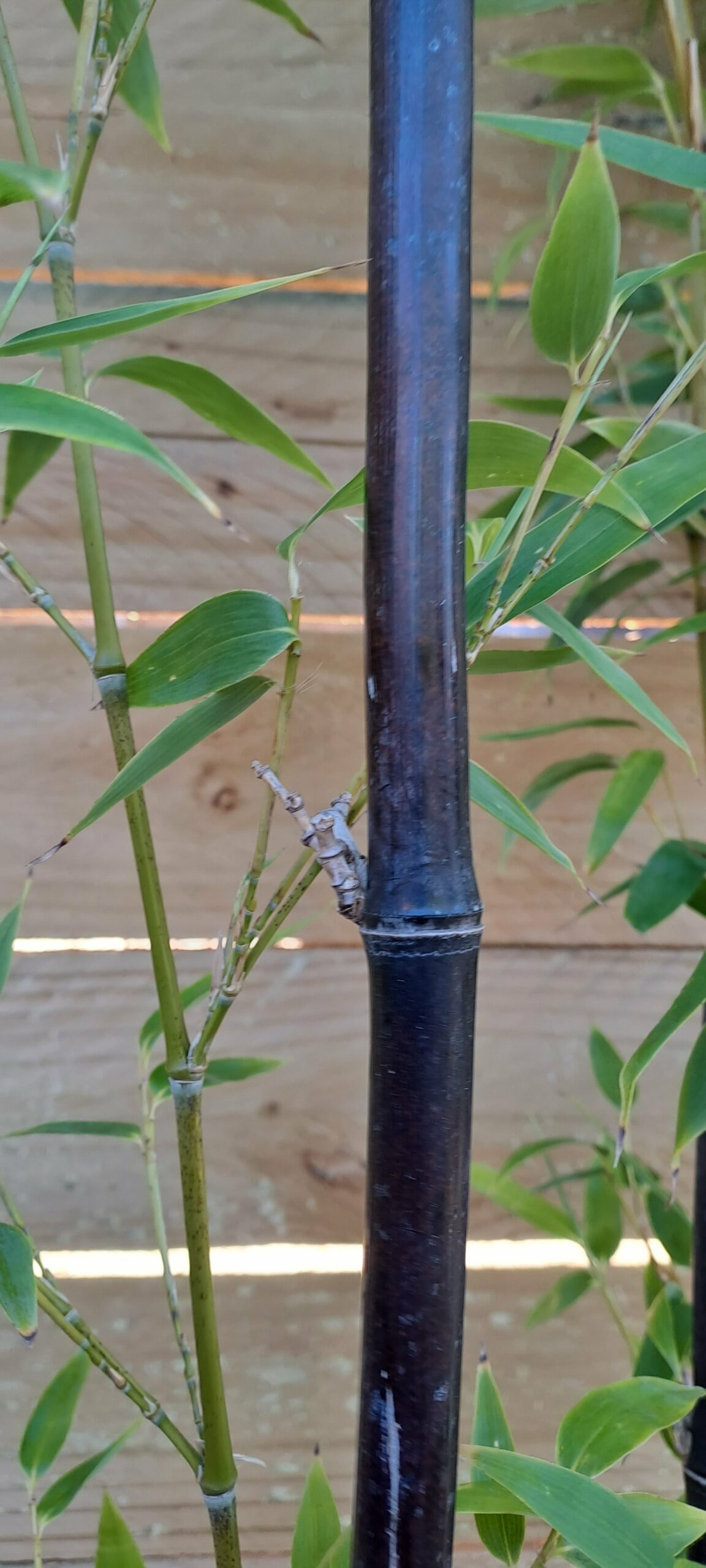
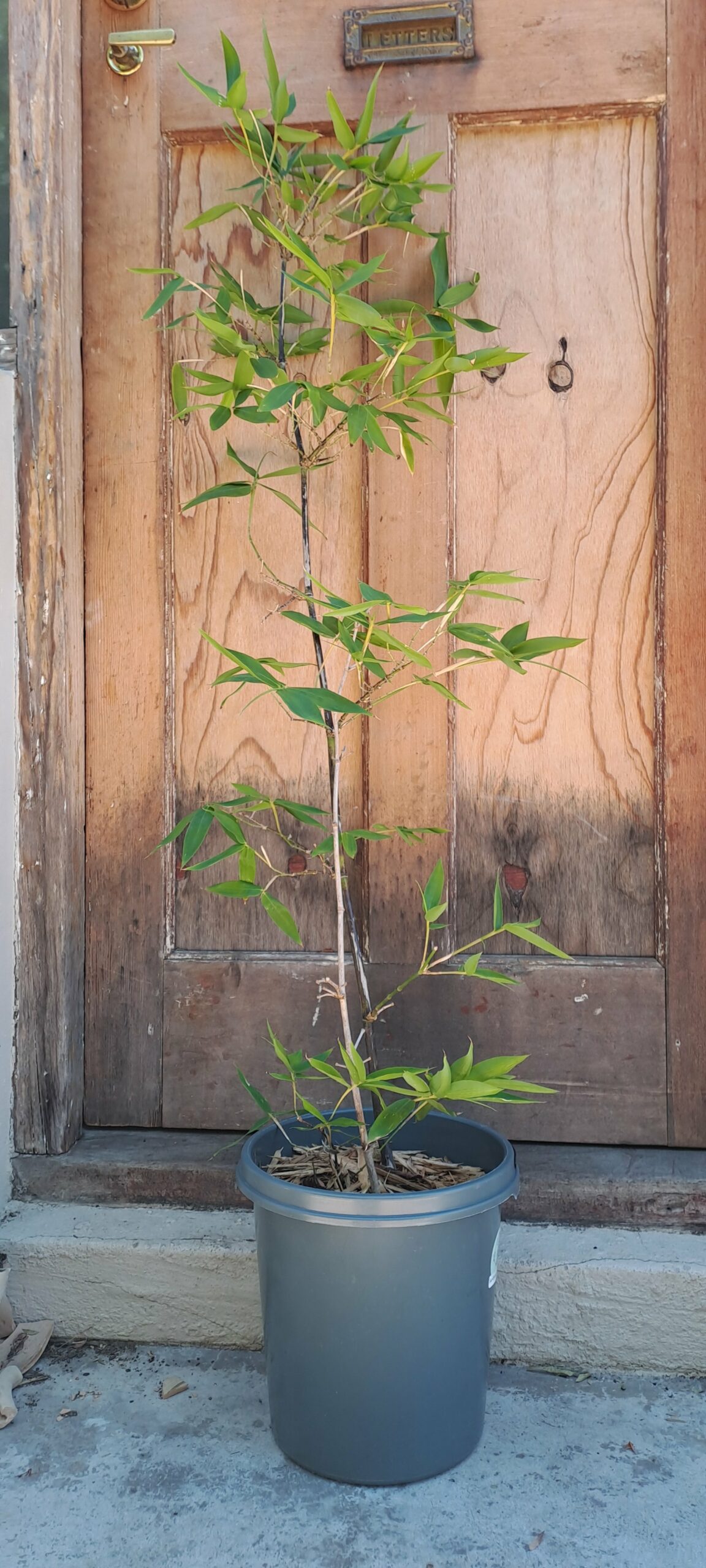
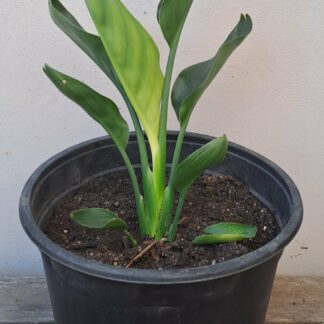
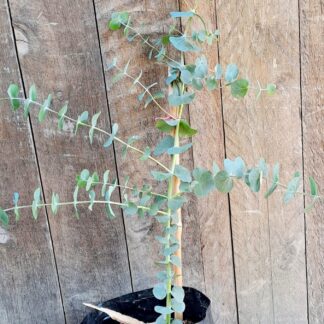
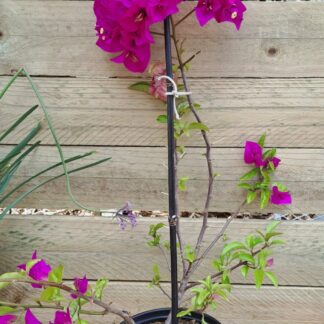

Reviews
There are no reviews yet.